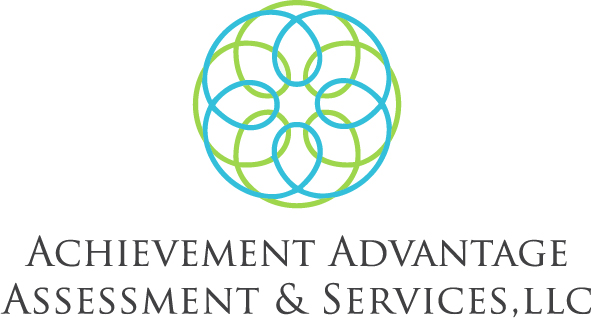Georgie Gray, LISW-S, is a parent coach and therapist based in Cleveland Heights, Ohio. She has been working with kids and families for over 20 years, and believes that the most effective tool in your parenting toolbox is your strong relationship with your child. Learn more about Georgie’s approach and services by visiting her website: www.GeorgieGrayCounseling.com
Feeling optimistic about the start of the new school year? Feel like you and your kids are thriving after a relaxing summer? Yeah, didn’t think so. The only thing thriving right now is anxiety. Uncertainty breeds anxiety, and the one sure thing about life in a pandemic is that every single thing is uncertain.
Here are three proven parenting tips for handling anxiety and uncertainty as you stare down the barrel of another semester of online school. Or hybrid school. Or whatever kind of school it is in five minutes, because surely it will be different from what it is right now.
Tip #1: Connect When You Can
You can’t control much, but you can control the way you show up for your child. Remind yourself often that your child’s long-term development is better served by your close relationship with him than by his completion of his schoolwork. This is not to say that school doesn’t matter, or that the assignments should be ignored. But it is to say that the cost should not be endless battles between you. Back away from fights when you can. Understand that your child’s frustrations are most likely going to be dumped out on you. Don’t take it personally. We are all under stress, which means our capacity to handle challenges is waaay diminished. Connect when you can. Prioritize feeling good together. Feeling safe in your relationship together will get your child much closer to his academic goals in the long run.
What this might sound like:
“It looks like you’re having a hard time getting that math worksheet finished. Why don’t we take a walk around the block together. I could use a break from my work, too.”
Tip #2: Practice being calm
Don’t you hate when people say, “calm down”? It also kind of bugs me when people push mindfulness and meditation as solutions to stress. Don’t get me wrong, I absolutely believe in mindfulness and meditation as tools for stress management and overall mind/body health. But the words have become buzzwords, and sometimes feel too “soft” in the moment of crisis, anger, or worry. So, what do I mean by “practice being calm”?
I just mean, take a second to take a breath. Step away from this moment in your mind. Pretend you’re a bird, up above whatever situation you’re in. Can you relax your grip on anything right now – whether that’s a worrisome thought, or your need to control an interaction? Can you relax your stomach muscles, or your shoulders? Find a moment to regain perspective, whenever you can. Everybody in the world is in this same leaky boat, plugging holes to stay afloat. Stop staring at the little leaks for just long enough to breathe. Decide where you want to place your attention and your energy.
You might say to yourself:
“I am going to let go of this particular worry for just five minutes. I can come back to it later after I feel calmer.”
Tip #3: Be Curious
Anxiety makes us clench, and it closes us down. We get rigid. We seek control. Curiosity opens us up. Next time you’re tussling with your kid about sight words or times tables, practice curiosity: “What would happen if I…”
You might ask yourself:
“What would happen if I asked him what the best way is to practice?”
“What would happen if we went for a walk and did sight words or times tables later?”
It doesn’t matter what question you ask or how you answer it. The point is to make a mental shift. Curiosity enables you to step back from a situation. Your perspective widens. You can step away from conflict, and that makes connection more likely.
You might even be able to take a breath -and find that you feel calm.





